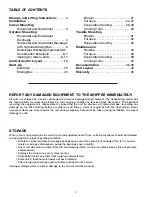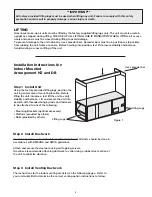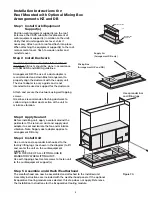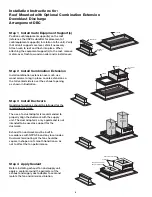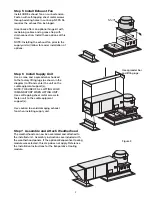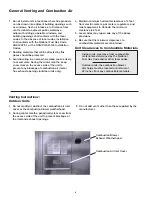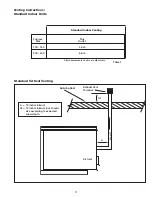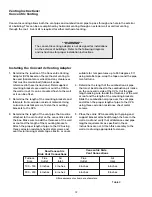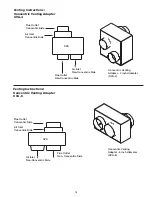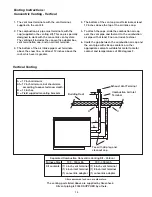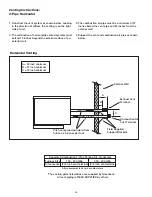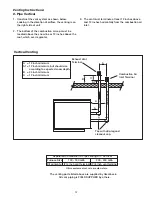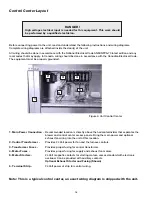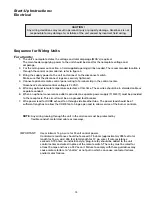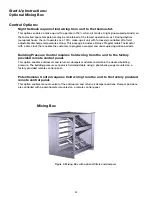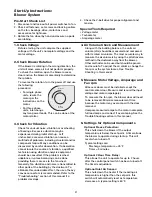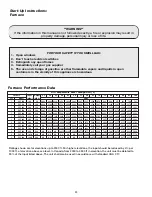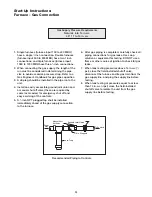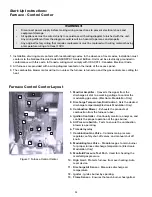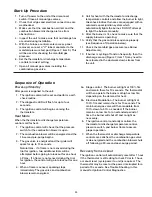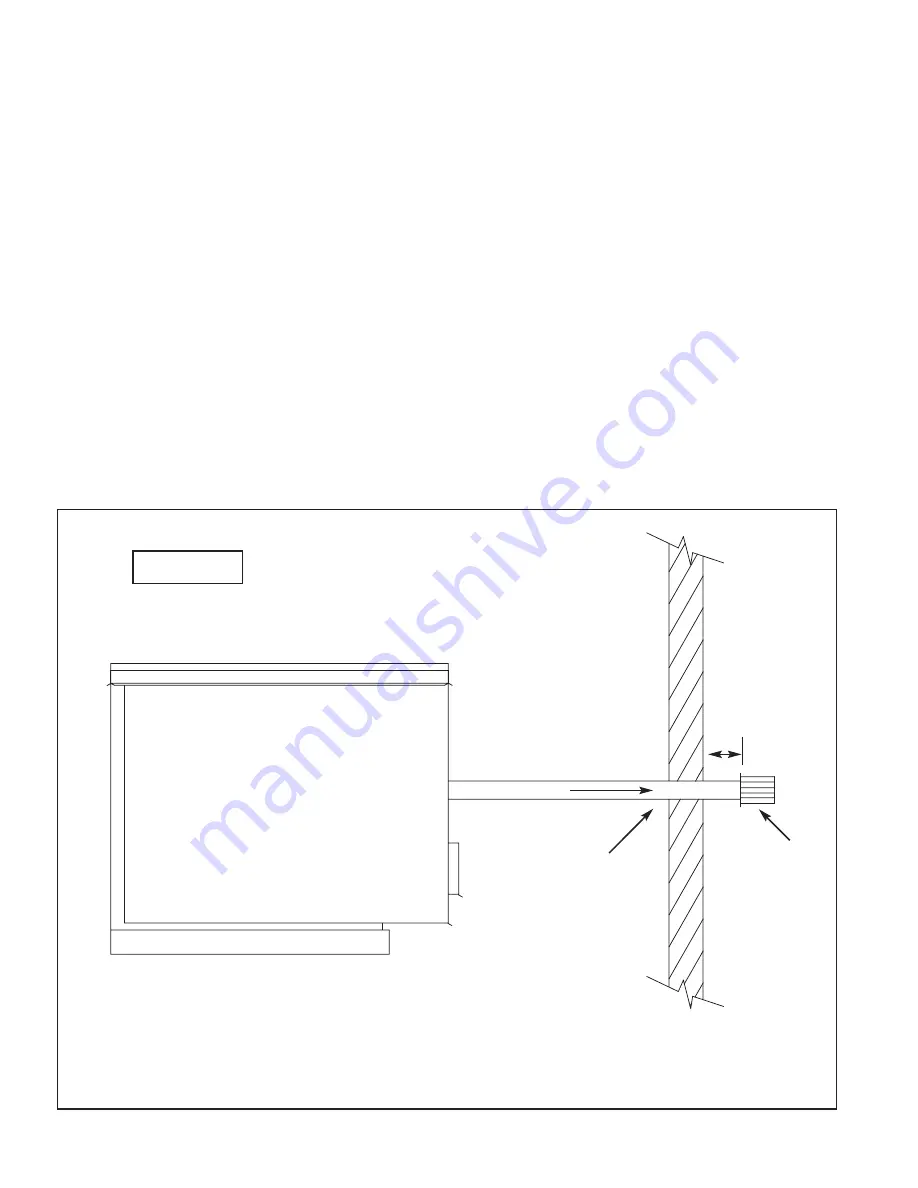
10
Standard Indoor Venting
This refers to using one penetration through an
exterior wall or roof for venting the flue exhaust. The
combustion air is supplied from the air inside the
building. Units must not be installed in a potentially
explosive, flammable, or corrosive atmosphere. To
prevent premature heat exchanger failure, do not
locate units where chlorinated, halogenated, or acid
vapors are present in the atmosphere.
Combustion Air Requirements
When units are installed in tightly sealed buildings,
provisions should be made to supply adequate amount
of infiltration air from the outside. The rule of thumb is
that an opening of one square inch should be provided
for every 1000 BTU per hour of input rating.
Vent Construction
To vent using this method, the vent terminal supplied
with the units must be used. Construct the vent system
as shown in drawings and reference the tables for vent
pipe sizes. The minimum vent length is 5 feet and the
maximum vent length is 70 feet. The total equivalent
vent length must include elbows. The equivalent length
of a 4 inch elbow is 6 feet and the equivalent length of
a 6 inch elbow is 10 feet.
Standard Horizontal Venting
A = 12 inches
A
Pitch vent pipe
downward from furnace
.25 inches per foot
Exhaust Vent
Terminal
EXHAUST
Exterior Wall
Air Inlet
Venting Instructions:
Standard Indoor Units


